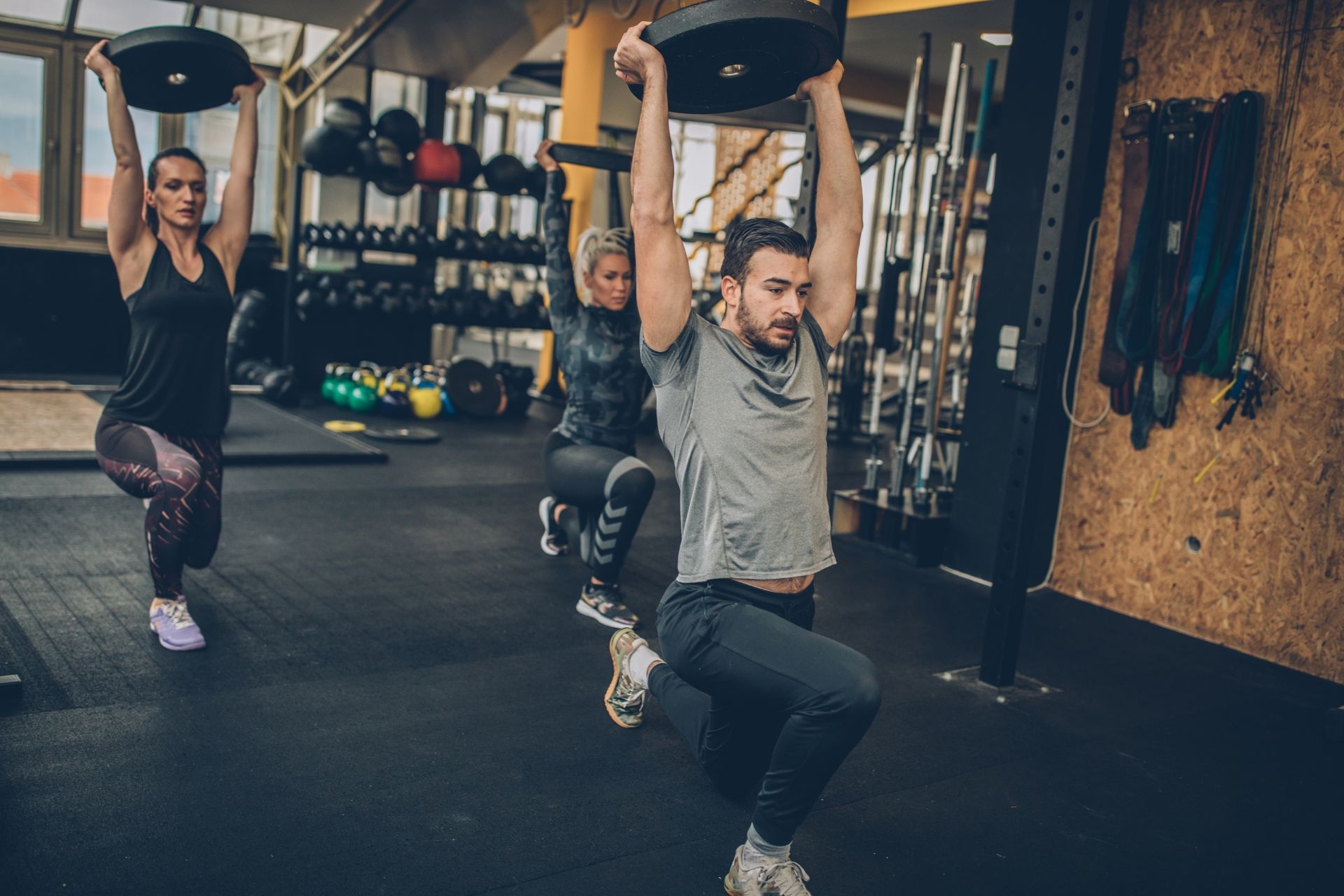Exercise Intensity Cycling
How does exercise intensity impact the number of calories burned during a cycling workout?
The intensity of exercise has a direct impact on the number of calories burned during a cycling workout. Higher intensity levels require more energy expenditure, leading to a greater calorie burn. This means that cycling at a vigorous pace or incorporating intervals of high intensity can significantly increase the overall calorie expenditure compared to a moderate or low-intensity workout.
Pyramid Training For Progressive Overload In Personal Training







